How To Compress Images in PowerPoint
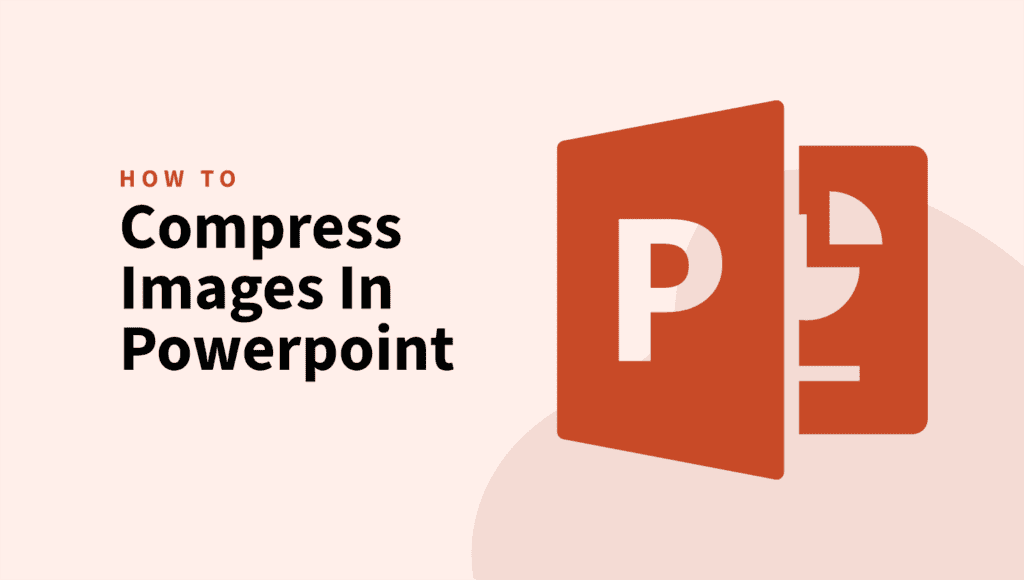
Adding images to your PowerPoint presentations can make your message more impactful and your ideas clearer.
However, large image files can quickly increase the size of your PowerPoint, making it harder to share and slower to open. To avoid this, compress images in PowerPoint to reduce file size without sacrificing quality.
In this guide, we’ll explore several methods to compress all pictures in your PowerPoint presentation.
Use ShortPixel before adding the images to PowerPoint
For best results, consider compressing images before inserting them into PowerPoint using ShortPixel’s online image compression tool.
This service allows you to optimize images, reducing their size while maintaining high quality.
Here’s how you can use ShortPixel:
Step 1: Upload and optimize the images
To upload your images to ShortPixel, simply drag and drop them into the blue selection area, or click the area to select images from your computer. Once uploaded, ShortPixel will optimize the images, often reducing their size by up to 90% while maintaining minimal quality loss.
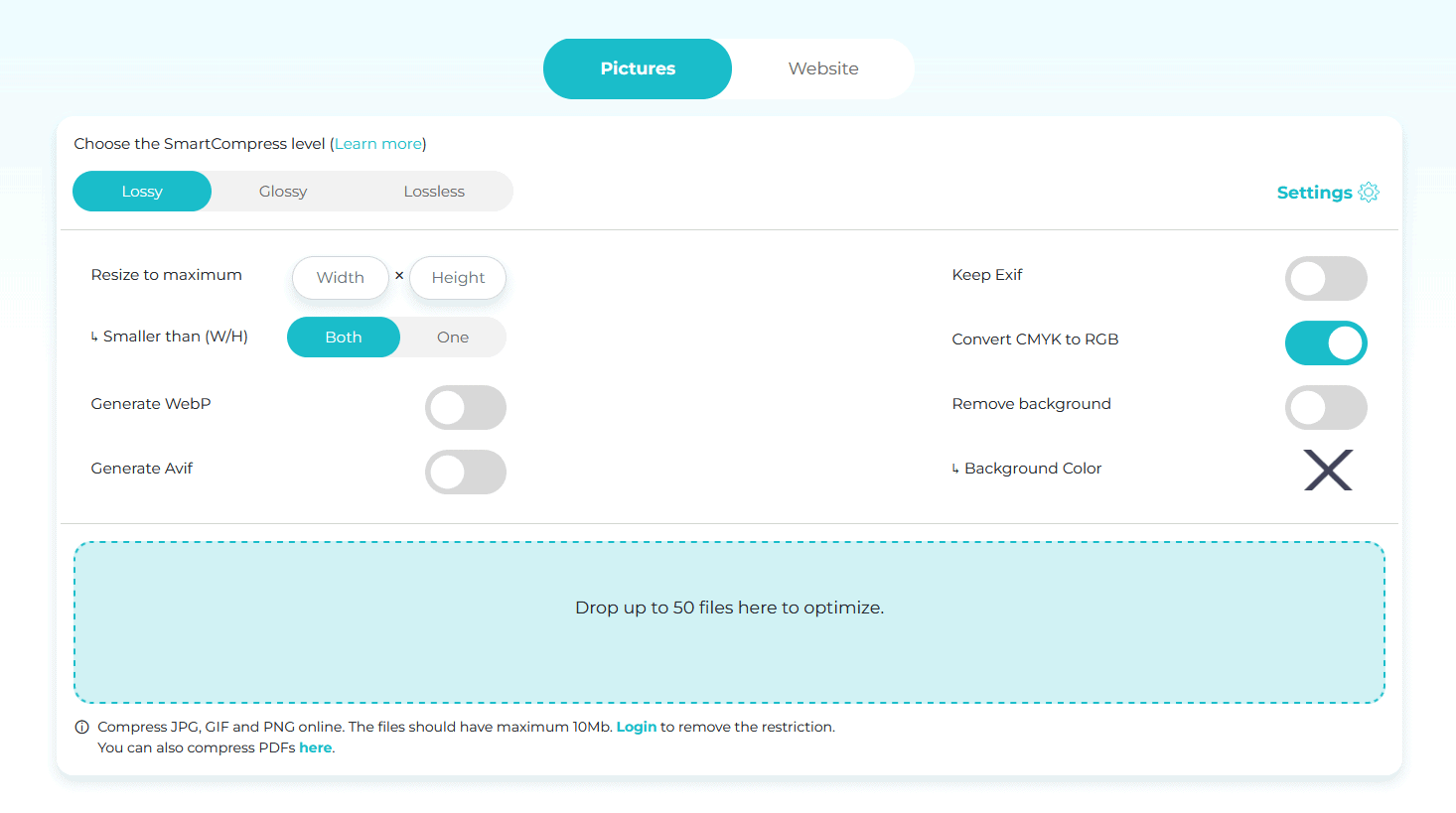
Step 2: Download the compressed images
After compression, you can download the optimized images by clicking the download icon beneath each image or the red download button.
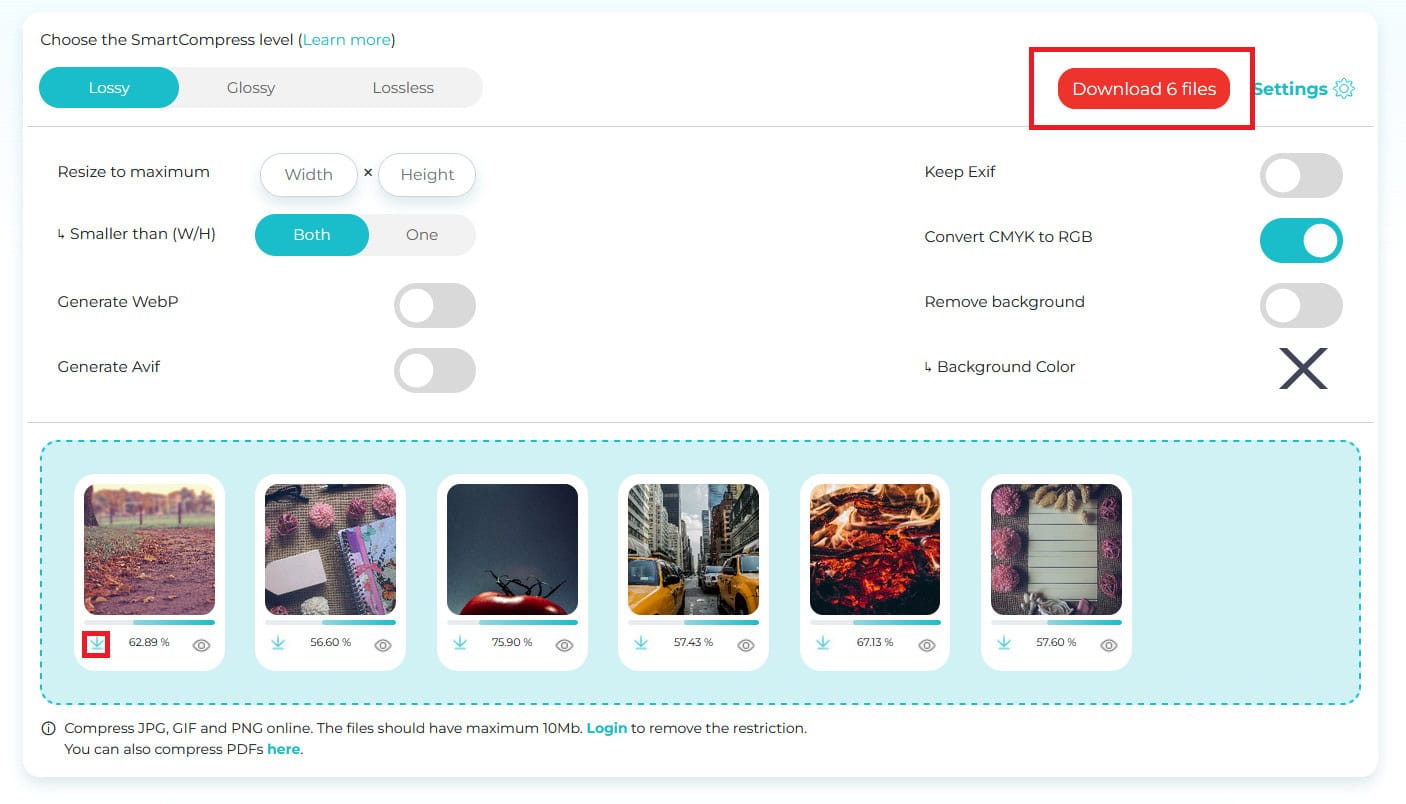
Step 3: Insert the compressed images into PowerPoint
Navigate to Insert > Pictures > This Device, browse, and select the optimized images to insert into your PowerPoint presentation to ensure a smaller file size and smoother performance.
Compress images in PowerPoint using built-in tools
Although not as efficient as using a specialized tool like ShortPixel, the easiest method to compress images in PowerPoint is by using the built-in compression tool.
Here’s a step-by-step guide:
Step 1: Insert the image(s)
To start, insert the image(s) you want to compress into your PowerPoint presentation. Go to the Insert tab, select Pictures, and then choose your image from your device, stock images, or the internet.
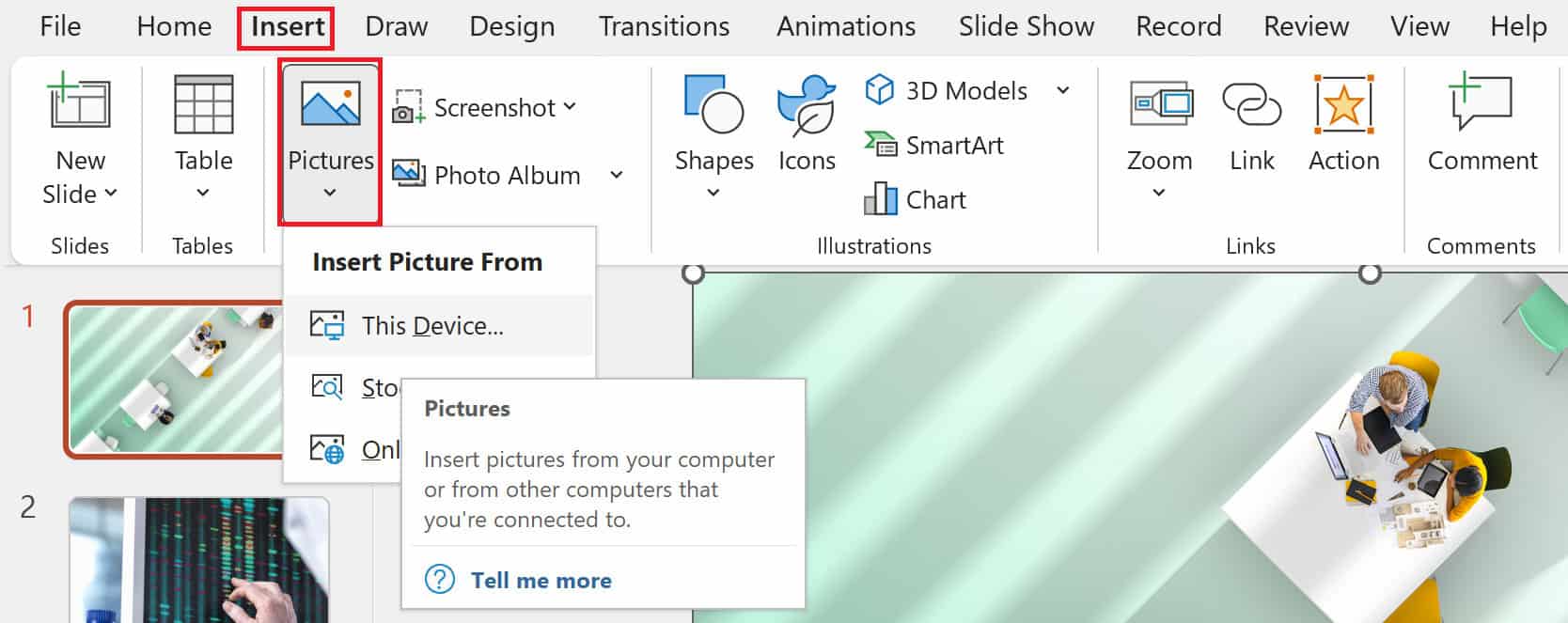
Step 2: Select the image, go to the Picture Format tab, and compress
Click on the image. To select multiple images, hold down the Shift key and click on each image, or use Ctrl for non-consecutive selections. Then navigate to the Picture Format tab in PowerPoint. Doble-clicking the image should also redirect to this tab. Here, click Compress Pictures.
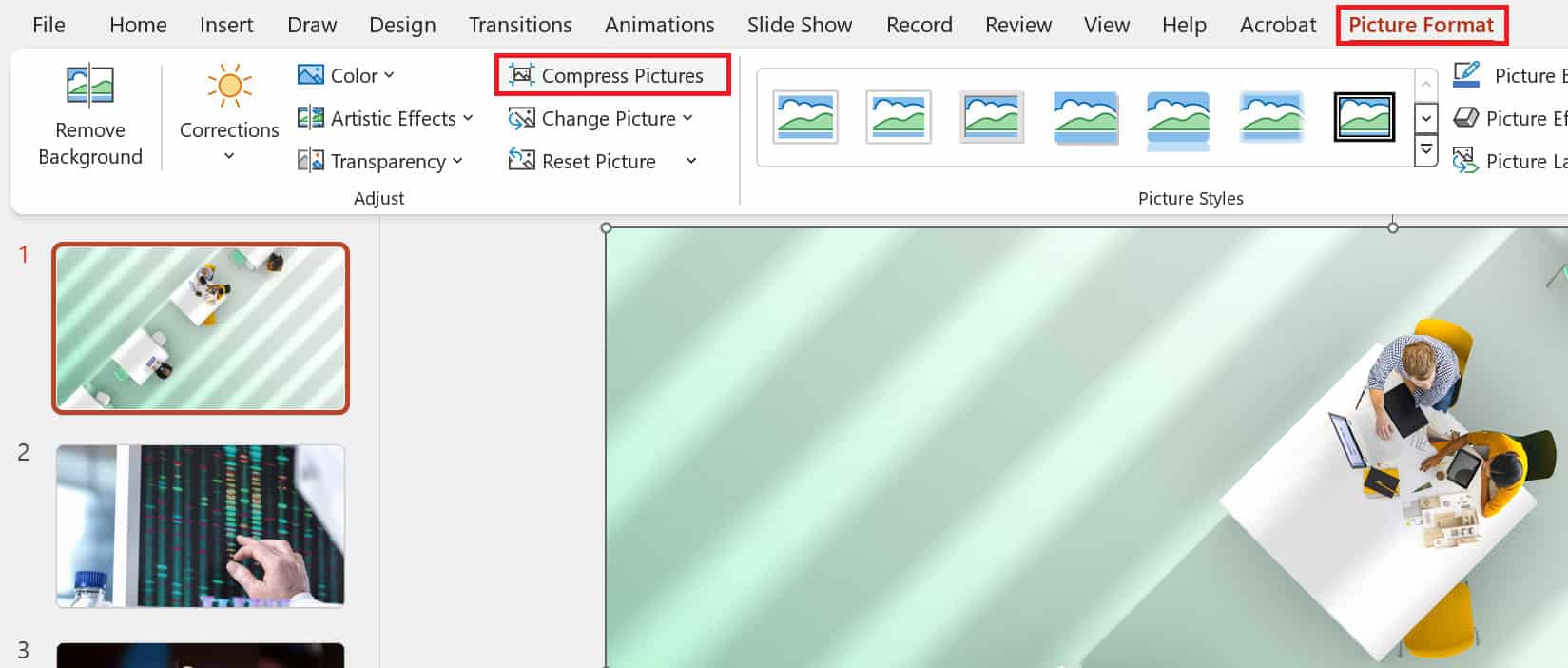
Step 3: Adjust compression options
In the Compress Pictures dialog box, adjust the settings according to your needs:
- Target output: Select “Print (220 ppi)” for high-quality prints or “Web (150 ppi)” for onscreen presentations, which reduces file size more significantly.
- Delete cropped areas of pictures: Check this box to remove unused portions of the images, which helps reduce the file size further.
- Apply to selected pictures only: Check this if you want to compress only the selected image(s). Leave unchecked to compress all images in the presentation.
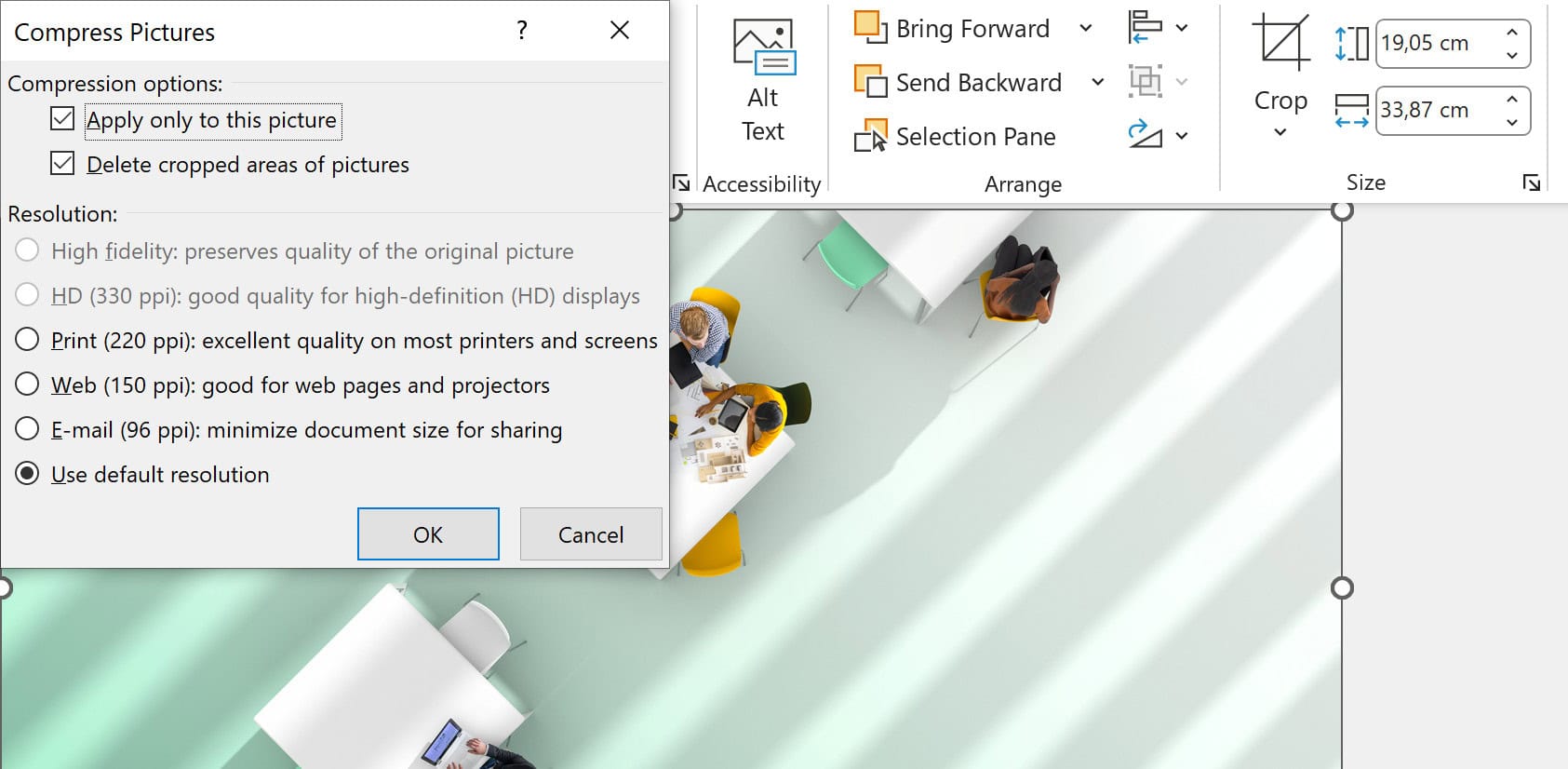
Step 4: Apply the compression
Finally, click “OK” to apply the compression settings. PowerPoint will automatically compress the images based on your preferences.
Best practices for reducing PowerPoint file size
Besides optimizing images, you can improve your file-saving process by following some best practices:
- Delete unused slides and elements: First, remove any slides that aren’t essential. Additionally, PowerPoint files may contain hidden or unused data that can bloat the file size. Go to File > Info > Check for Issues > Inspect Document and remove any unnecessary information. To significantly reduce file size, consider removing Off-Slide Content and Invisible On-Side Content. These options delete elements that are present outside the visible slide area, or hidden elements that still contribute to the overall file size.
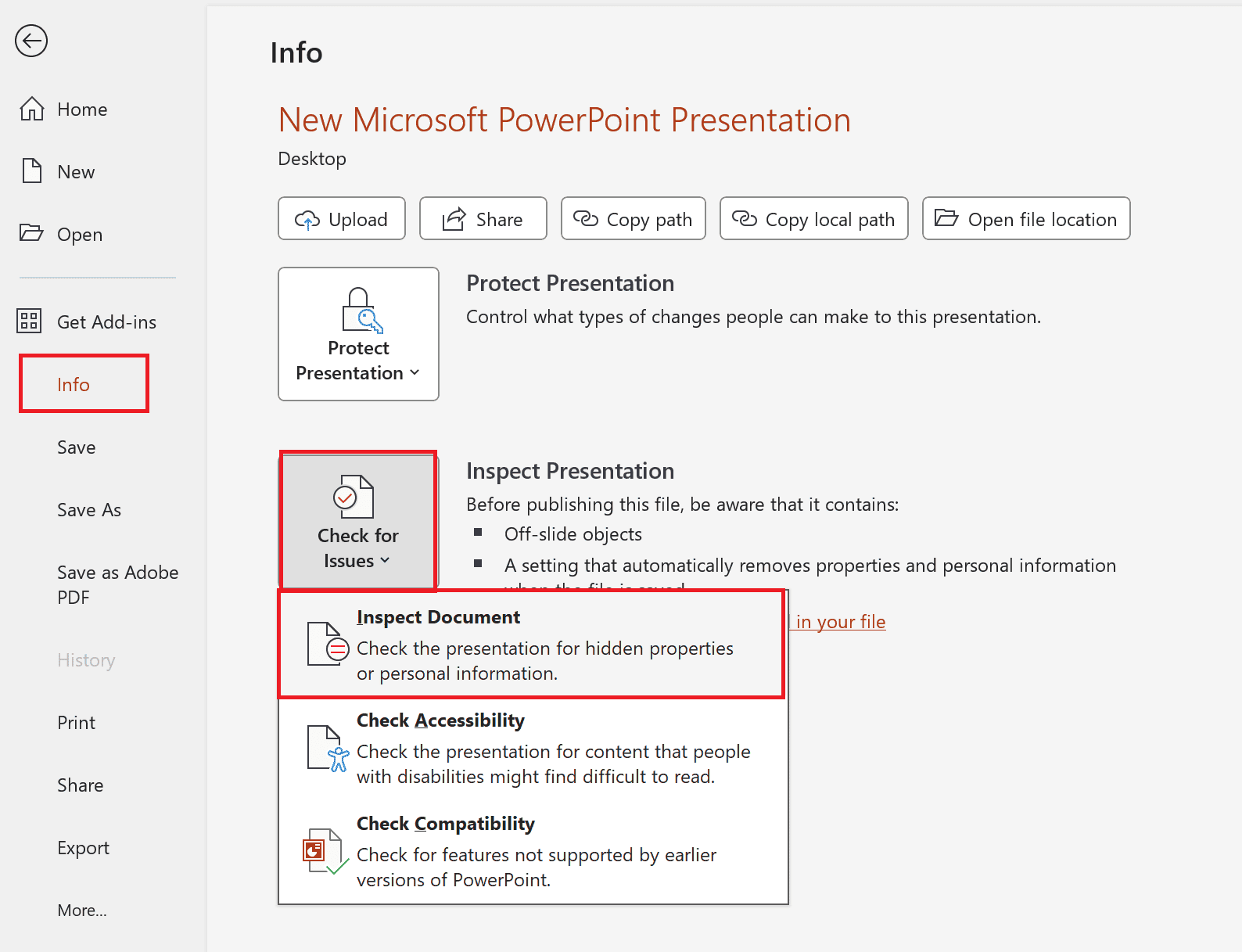
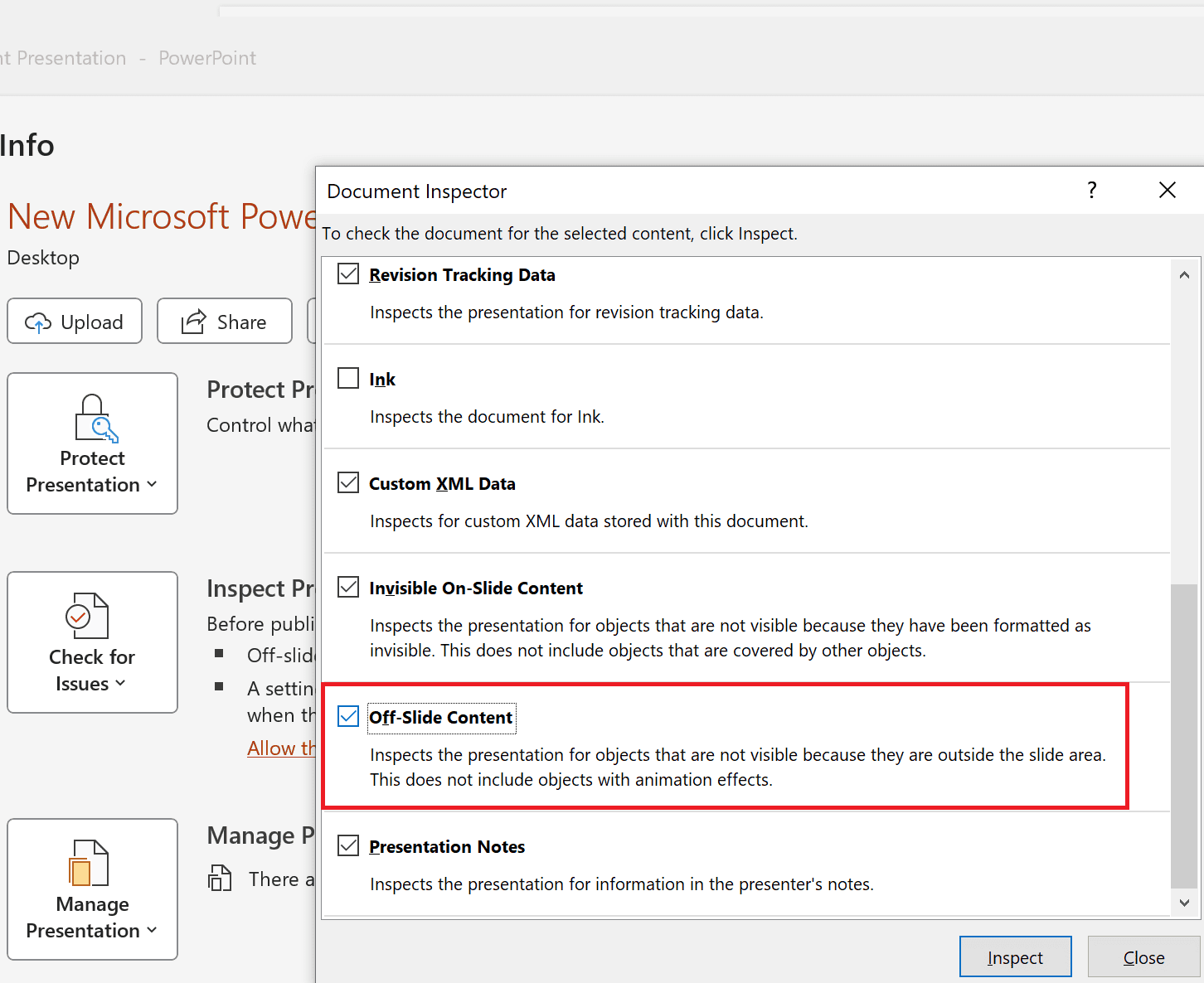
- Use appropriate file formats: JPEGs are suitable for photographs, while PNGs are better for images with transparent backgrounds or simple graphics. GIFs are ideal for simple animations or small icons.
- Consider vector graphics: For logos, icons, and illustrations, vector graphics are scalable without loss of quality. PowerPoint supports SVG files, making them a great choice for crisp and lightweight visuals.
- Convert and optimize videos: If your presentation includes videos, converting them to formats like MP4 and compressing them before inserting them to your slides can save space.
- Limit the number of images: Overloading slides with images can be counterproductive. Use images only when necessary to maintain audience focus and reduce file size.
Conclusion
Compressing images is an essential step in creating efficient and professional PowerPoint presentations.
Whether you use a service like ShortPixel, or PowerPoint’s built-in tools, compressing your images will help you manage file sizes effectively.
With these methods, you can maintain high visual quality without compromising performance, keeping your audience engaged and focused on your content.
Go unlimited with ShortPixel!
Optimize media files effortlessly, with no restrictions or limitations.